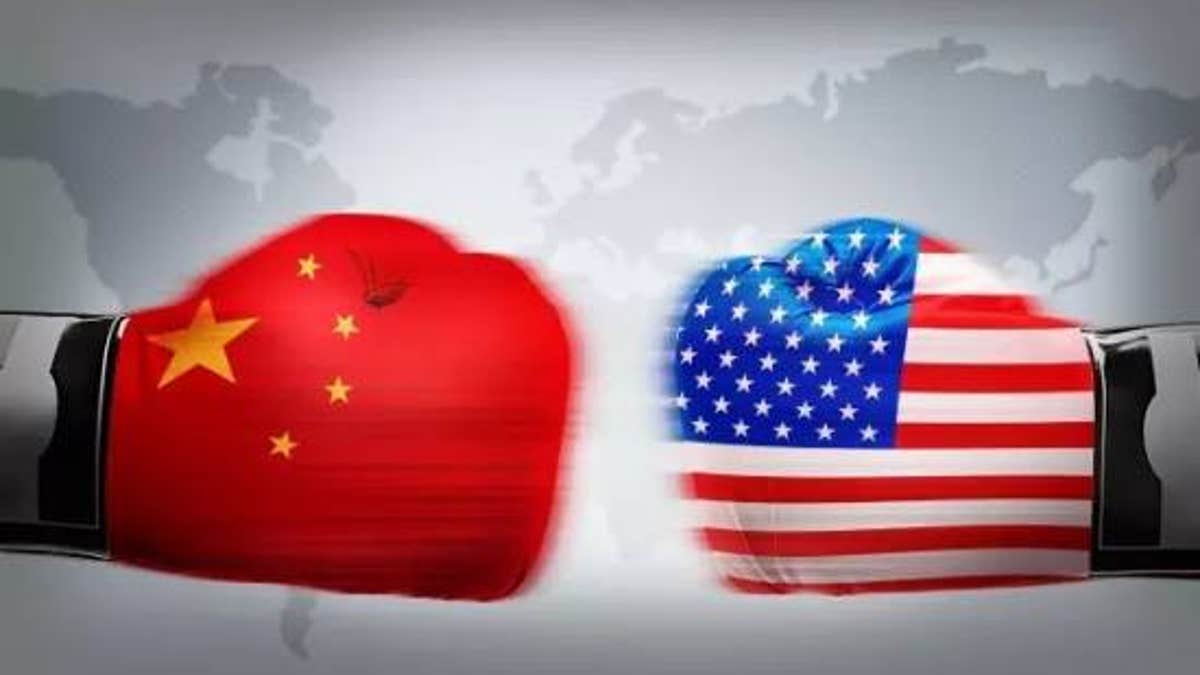
(Facebook/People's Daily, China)
So here we are. The trade skirmish between the United States and China is on the verge of officially becoming a proper trade war. Donald Trump is now pushing for $200 billion more in tariffs, and this time around, he’s targeting consumer goods directly.
What does this mean? Expect markets to suffer some turbulence in the days ahead. Indeed, when stock markets opened the morning after Trump’s tariffs hit the headlines, the Dow Jones Industrial Average lost over 150 points. And if negotiators can’t make breakthroughs quickly, avoiding Trump’s threatened $200 billion in tariffs before they hit, expect prices to rise at the store. Consumer goods such as toys could become more expensive.
China can’t fully counteract the United States’ move tit-for-tat, at least not with tariffs alone. Even if they hit all of the goods with tariffs, they’d struggle to fully retaliate, except with higher tariffs. If the United States slaps 10-percent tariffs, for example, China could hit back with 20 percent on its $130 billion of US imports, further escalating a trade war.
However, while many of China’s exports are low-value manufactured goods that could be sourced from Mexico, Vietnam, or elsewhere, the United States often sends less easily-replaceable goods. This could result in Chinese companies having to simply pay more without slowing consumption. The recent near collapse of Chinese phone maker ZTE proves this point.
What’s more likely is that Chinese government would more directly punish American companies by limiting foreign investment and the expansion of American companies within China. In doing so, the Chinese will try to get these companies to exert political pressure on the American government.
However, this strategy is not without risk. American companies could respond by shifting investments to other countries, say Vietnam. This would restrict the flow of technology and cash to China, possibly on a permanent basis if American companies find a friendlier place to invest and operate.
Speaking of technology, the Trump administration has claimed that China has refused to address the allegations that Chinese companies are unfairly acquiring American technology. As Trump put it back in June (via Twitter): “China apparently has no intention of changing its unfair practices related to the acquisition of American intellectual property and technology. Rather than altering those practices, it is now threatening United States companies, workers, and farmers who have done nothing wrong.”
In response to the most recent tariff threats, China’s Commerce Ministry labeled the move “unacceptable.” The Chinese government has also promised to pursue necessary countermeasures, but has not yet provided details. However, news outlets were reporting that Chinese officials were meeting to discuss ways to punish the United States. Trump has already said that if China retaliates, he’ll look to levy tariffs on another $200 billion of Chinese exports.
Further, tariffs aren’t the only tactic the Trump administration is pursuing to force concessions. The administration has also been restricting Chinese companies from investing in the United States. This has cut them off from the world’s largest and currently most valuable market. Given the tough stance both sides are taking right now, expect this trade war to worsen before it improves.

